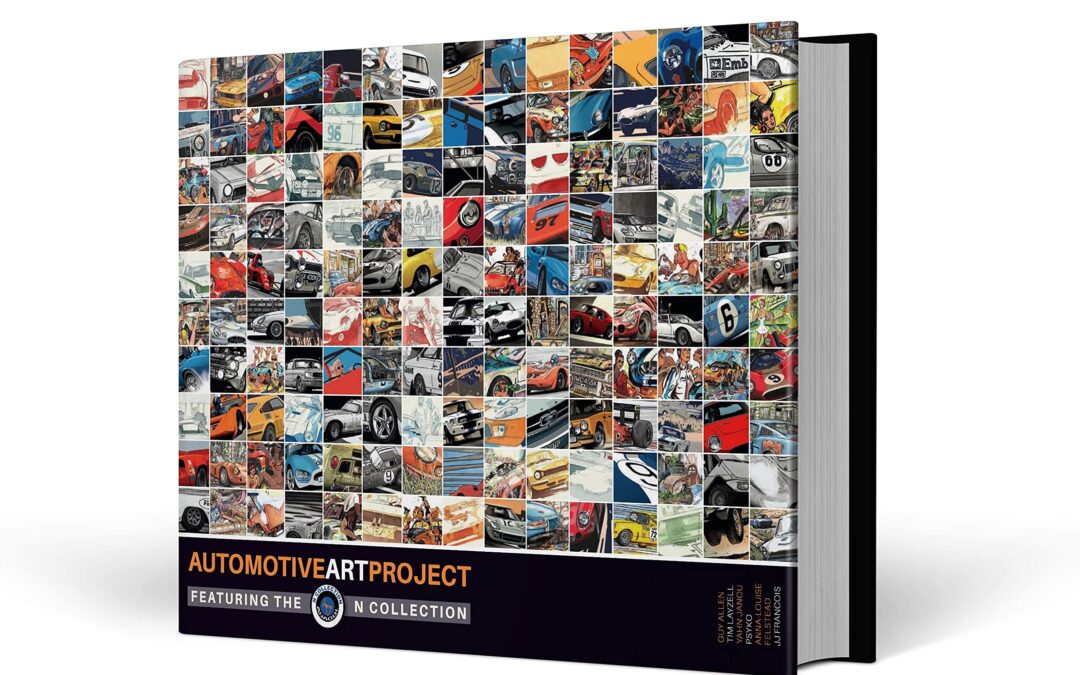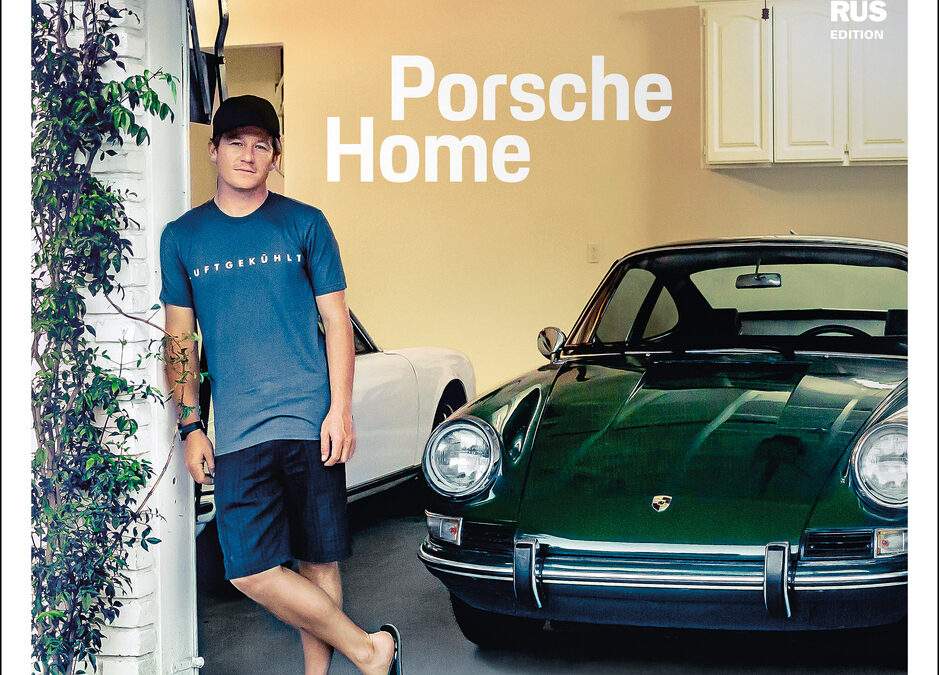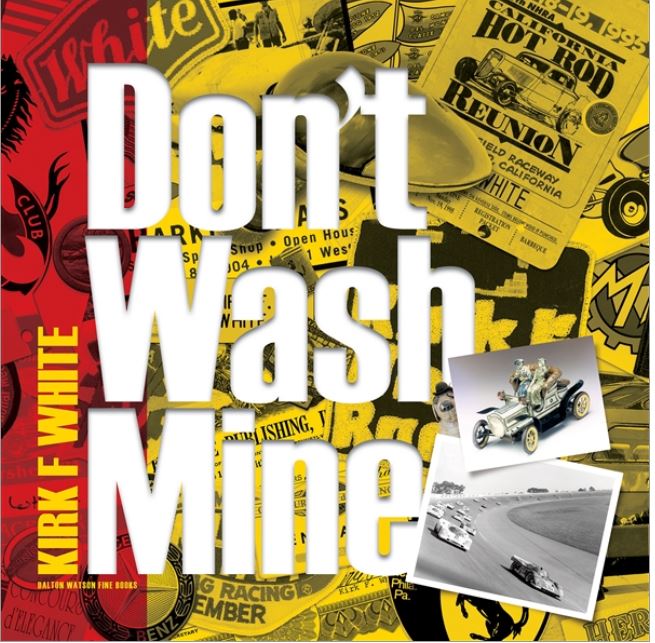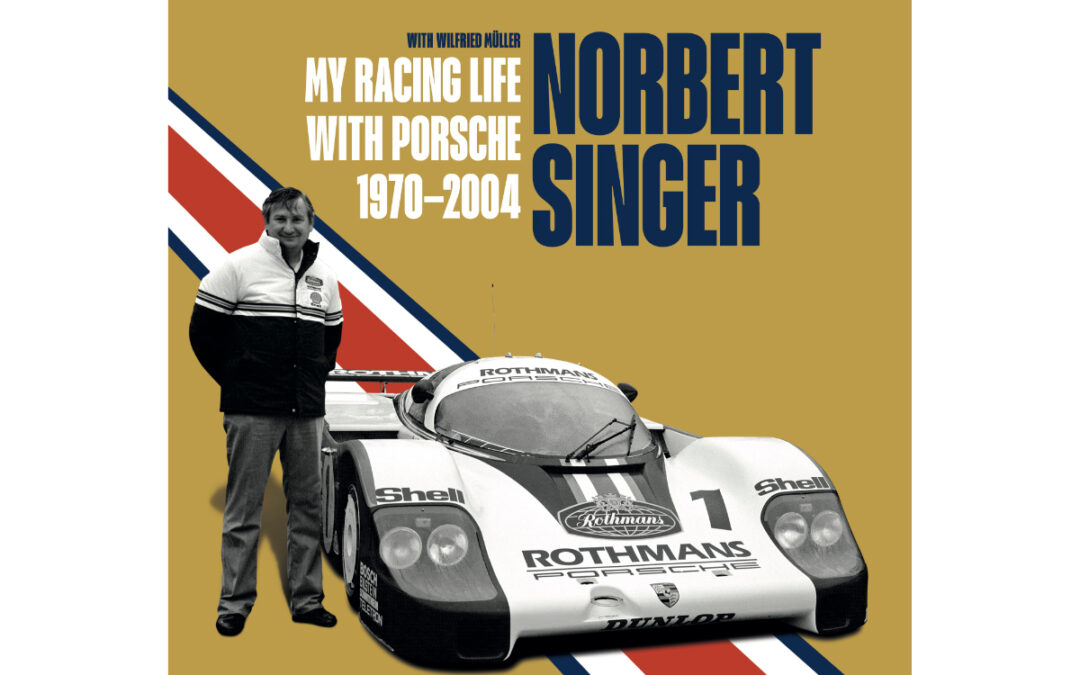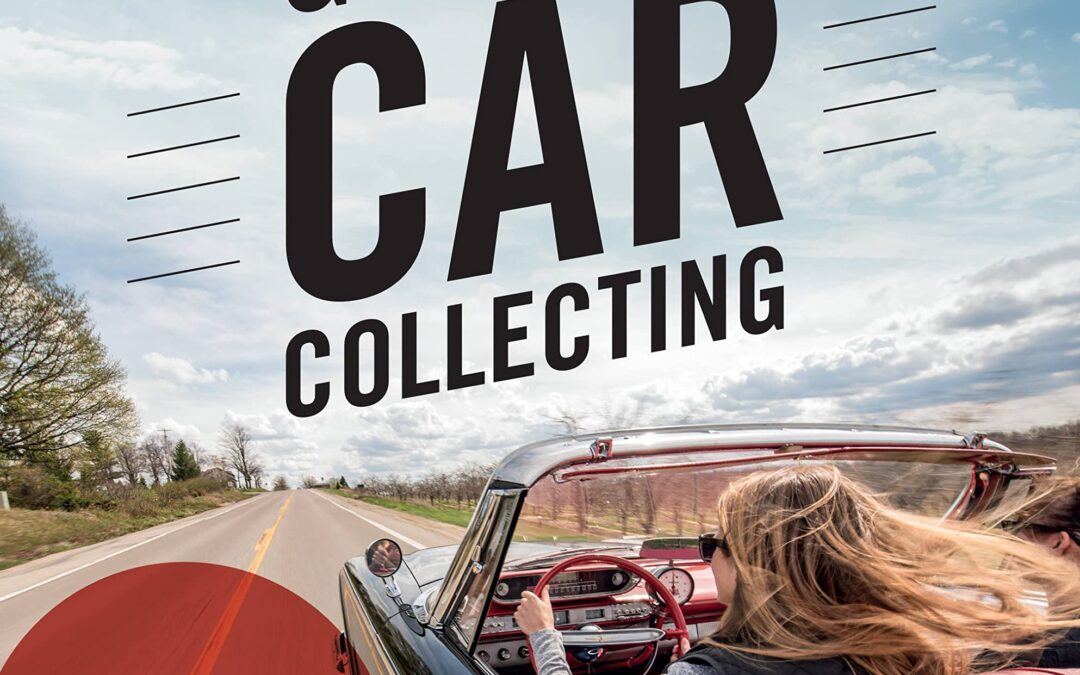
Satisfy your dream collector-car desires with this one-stop reference for starting or expanding your collection beyond traditional classics and muscle cars.
Focusing on the interests and needs of Generation X and Millennial car collectors, The NextGen Guide to Car Collecting offers a concise history of car collecting to present day, guidance on car buying and living the car-collector life, and an overview of collector cars with a focus on cars built from the 1970s through the 1990s while also touching on more contemporary cars. Chapters highlight Japanese, American, and European cars, particularly those models that have experienced the greatest growth in collector interest over the past decade.
The NextGen Guide to Car Collecting explores the many ways the Internet and social media have changed the classic car marketplace. You’ll learn how to buy a classic car online without suffering buyer’s remorse, as well as the four critical keys to a happy collector-vehicle relationship: 1) possessing discretionary cash for the initial purchase; 2) obtaining a thorough knowledge of the car and its ownership; 3) the critical pre-purchase inspection; and 4) access to a work space.
You’ll also find out why the popularity of late twentieth-century specialty cars will continue to grow (think increasing electronic complication and the still-large number of enthusiasts for whom “self-driving” means driving themselves) and explore the attributes that makes these cars desirable collector vehicles.
In addition, the book looks at the significant increases in quality and reliability of post-1970s machines and how that impacts their collectibility. Finally, learn why expectations that your newfound classic could outlast our current crop of lithium-ion-dependent electric cars may not be unrealistic: recent developments like ride-hailing and sharing services; expanded public transit; rental bikes and scooters; and garage condos and other storage options could actually extend the life of your “new” classic permitting you to truly tailor the use of your classics.
Whether your collection requires a one-stall garage or a pole barn, the practical, useful information and keen perspective of The NextGen Guide to Car Collecting will ensure you pull this volume from your shelf time and again.
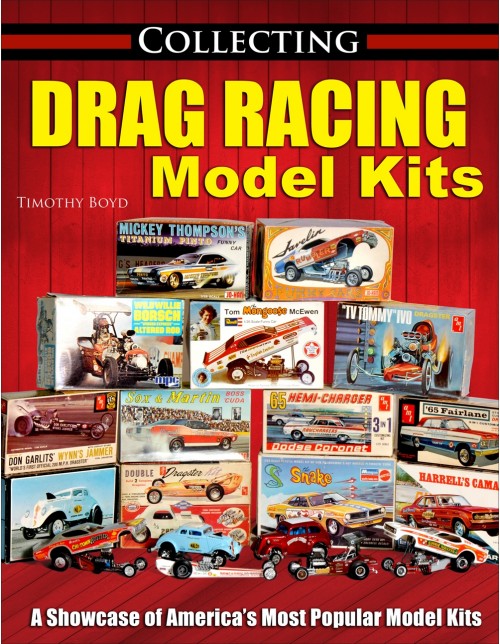
Relive the golden age of drag racing through this exhaustive volume covering the best drag racing model kits of the era.
Model expert Tim Boyd, author of Collecting Muscle Car Model Kits, turned his attention to the fantastic drag racing model kits available from the late 1950s through today. Some racing model kits were actually 3 in 1 kits, where the builder assembled the drag-race version of the car in lieu of the street or custom version. Boyd starts by covering the options, collectability, variety, availability, and value of these wonderful kits and then concentrates on the highly detailed drag racing-only kits that became available starting in the mid-1960s through today. He also shows the differences between original kits, older reproduction kits, and new reproduction kits that many enthusiasts find at swap meets and through online sources today.
Many of these great kits were from the 1960s, an era when building model kits was a widely popular, serious hobby, similar to video games today. Not only was it fun to build the kits but it was also a great way to learn about all the different race classes and categories because there wasn’t regular TV or online coverage during that era. The artwork on those kits was fantastic, and many collectors today seek original kits largely because of it.
The classes of racing covered are Gassers, Rail Dragsters, Stocks and Super Stocks, Funny Cars, Pro Stocks, Exhibition Racers, and more. Drag racing cars that never actually existed but were created by model companies are also covered.
Nostalgia drags are some of the most popular events around the country today. People can’t get enough of these old race cars that were built in an era when variety, innovation, and home building ruled the day. This book is great for modelers in general, model-kit collectors, and drag-racing fans young and old alike.

In the 1960s, model kit building was a huge hobby. Kids built plastic kits of planes, tanks, race cars, space ships, creatures from scary movies, you name it. Before baseball card collecting, Pokémon, and video games, model kit building was one of the most popular hobby activities. Car and airplane kits were the most popular, and among the car kits, muscle cars, as we know them today, were one of the most popular categories.
Many owners of real muscle cars today were not old enough to buy them when the cars were new, of course. Yet kids of the 1960s and 1970s worshiped these cars to an extent completely foreign to kids today. If you couldn’t afford or were too young to buy a muscle car back then, what could you do? For many, the next best thing was to buy, collect, and build muscle car kits from a variety of kit companies. Hundreds were made. Many of these kits have become collectible today, especially in original, unassembled form.
Although people still build kits today, there is a broad market for collectors of nostalgic model kits. People love the kits for the great box art, to rekindle fond memories of building them 40 years ago, or even as a companion to the full-scale cars they own today. Here, world-leading authority Tim Boyd takes you through the entire era of muscle car kits, covering the options,collectability, variety availability, and value of these wonderful kits today. Boyd also takes you through the differences between the original kits, the older reproduction kits, and the new reproduction kits that many people find at swap meets today. If you are looking to build a collection of muscle car kits, interested in getting the kits of your favorite manufacturer or even just of the cars you have owned, this book will be a valuable resource in your model kit search.
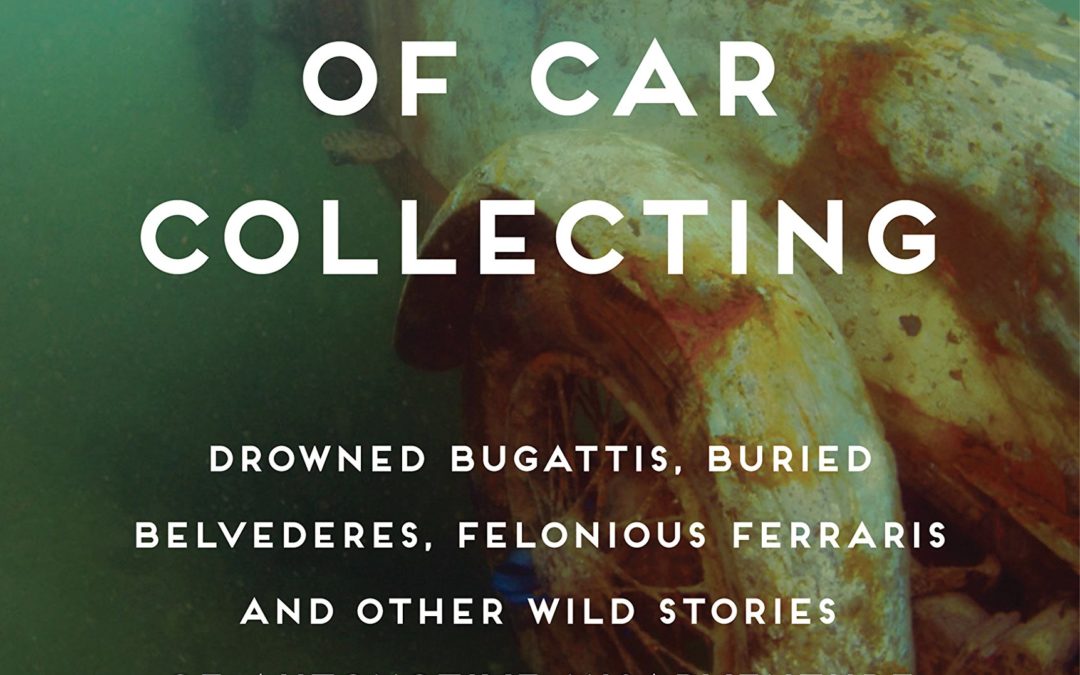
Drowned Bugattis, Buried Belvederes, Felonious Ferraris and other Wild Stories of Automotive Misadventure
Most car collectors exhibit a healthy enthusiasm for their favorite hobby, a tendency to dig into their favorite marques, chase parts, swap stories, and generally live the car-guy life. Some, however, step over that fine line between enthusiasm and obsession—and that’s the place from which spring the legendary car-collector stories.
In Strange but True Tales of Car Collecting, Keith Martin and the staff of Sport Car Market Magazine recount the wildest car-collecting stories of all time, focusing on tales of the most eccentric and over-the-top collectors and collections. Have you heard of the fellow who squirrelled away dozens of Chevelles, Camaros, and other classic muscle cars in semi trailers? How about the president of Shakespeare fishing rods who in the 1960s sold 30 now-priceless Bugattis for a mere $85,000? The English nobleman who cut up and buried his Ferrari horde in an elaborate insurance scam? Or how about the Duesenberg abandoned in a Manhattan parking garage for decades and uncovered by Tonight Show host Jay Leno?
These are just a few of the amazing stories explored in this entertaining book, a must-have title for any car enthusiast. Both car collectors and fans of outrageous classic car, muscle car, and sports car stories will find entertainment in these tales of collectors who’ve gone off the rails.

Drowned Bugattis, Buried Belvederes, Felonious Ferraris and other Wild Stories of Automotive Misadventure
Strange But True Tales of Car Collecting recounts the wildest car-collecting stories, focusing on tales of the most eccentric and over-the-top collectors and collections from around the world.
Most car collectors exhibit a healthy enthusiasm for their hobby with a tendency to dig into their favorite marques, chase parts, swap stories, and generally live the car-guy lifestyle. Some, however, step over that fine line between enthusiasm and obsession–and that’s the dusty place where these legendary car-collector stories come from.
Have you heard of the fellow who squirrelled away dozens of Chevelles, Camaros, and other classic muscle cars in semi-trailers? How about the president of Shakespeare fishing rods who sold 30 Bugattis for a mere $85,000? What about the English nobleman who cut up and buried his Ferrari horde in an elaborate insurance scam? Or how about the Duesenberg abandoned in a Manhattan parking garage for decades only to be uncovered by Jay Leno? They only get crazier from there.
W.Clark Miller
Collecting Dinky Toys

In this context, classic cars are defined as both affordable and interesting cars built since 1950 that can be run everyday and cost under $20,000 US. This title offers a guide to classic cars that contains information and data along with the stories of contemporary living with classic cars.
Collecting Vintage Model Airp
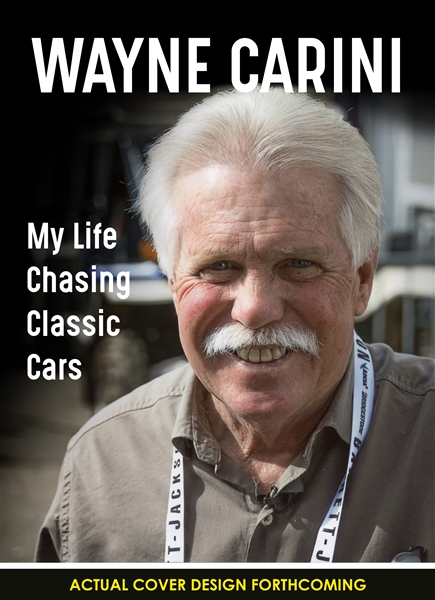
Pre-order now for early 2023 delivery
Wayne Carini is the world’s favorite classic car enthusiast and in “My Life Chasing Classic Cars”, this beloved and respected gearhead looks back at a lifetime pursuing his automotive passions. From learning about cars at his father’s side as a child through a career hunting the rarest and most desirable automobiles ever built, Wayne writes about his most cherished motoring memories. “My Life Chasing Classic Cars” puts you in the passenger seat with Wayne at the wheel talking about his favorite cars, most exciting adventures and revealing some tricks of the trade. How did the internationally acclaimed TV program “Chasing Classic Cars” get started and what are the cars that he regrets letting get away? This book answers all those questions and more. With hundreds of full-color images, entertaining stories and countless insights, this is the perfect book for car lovers of all ages.
- More than 300 full-color images
- Behind the scenes at Chasing Classic Cars
- Thoughts on collecting strategies and buying tips
- Automotive adventure tales
- Stories about some of Wayne’s favorite cars
- Hard cover with dust jacket
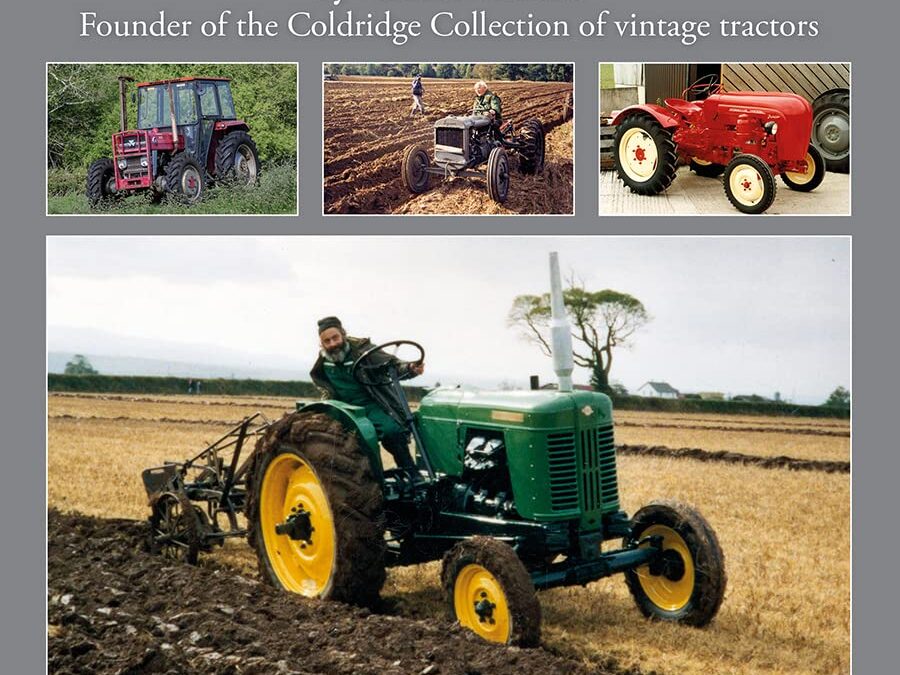
Mike Thorne is a name known to many, many tractor enthusiasts, and particularly those whose primary interest is in Ferguson and Massey Ferguson models, as Mike has assembled an almost unrivaled collection of the tractors of both marques. But before he decided to go down that route, he had been collecting tractors since the 1980s – machines of many makes, models and vintages, some in good order, others wanting substantial work. In his time he has acquired no less than 100 examples, and in this book he takes the reader through them all, with individual entries on every one – though he admits there are some that he has forgotten. So the reader will be treated to observations on a very wide range of tractors, large or small, rare or common, good or less good, with information on where he bought them, on problems, repair and restoration, and on the machines’ characteristics and specifications. Mike designed and constructed two fascinating buildings to house his collection at Coldridge in deepest mid-Devon and these form his museum, which can be visited by appointment and offers enthusiasts a real treat. Telling one man’s story of half a lifetime of rescuing half-dead tractors and collecting live ones, this book, written in an informal style, should capture the attention of anyone who cares about vintage tractors.

Learn how to maximize your profits and savings when buying and selling collector cars!
The dealership model is an American institution, and auction houses can trace their roots back to the days of dusty cattle sales. Both have remained unchanged. Since the early 2000s, the internet has shaken up these legacy methods of finding, buying, and selling vintage cars, as a global online marketplace that is open to anyone.
CarTech, in conjunction with Patrick Krook of REV! Muscle Cars, introduces a proven process drawn from 20 years of experience building some of the world’s most significant classic car collections. Whether you are a first-time buyer or an established collector, this book shows you how to locate and buy your dream collector car stress free. Get the car you are expecting every time, creating positive cash flow and keeping the hobby fun for years to come.
Inside this book is an easy-to-follow, heavily illustrated step-by-step method to find, evaluate, negotiate, close, fund, and take delivery of a collector car safely over the internet without leaving your living room. It also includes how to avoid costly purchase mistakes, such as overpaying, fakes, or buying someone else’s headache. Better yet, it delves into details about how to always sell out of advantage, minimizing the overall amount you invest as you build your collection over time. Lastly, it provides all the tools you need for buying and selling when you have that person-to-person driveway transaction.
Why spend tens of thousands of dollars on dealership retail markup, auction fees, and failed purchases when you can obtain your dream car, keep more money in your pocket, and spend more quality time enjoying the hobby? How to Buy and Sell Collector Cars takes you from being a novice to a seasoned buyer/seller while you enjoy the adventure of car collecting.
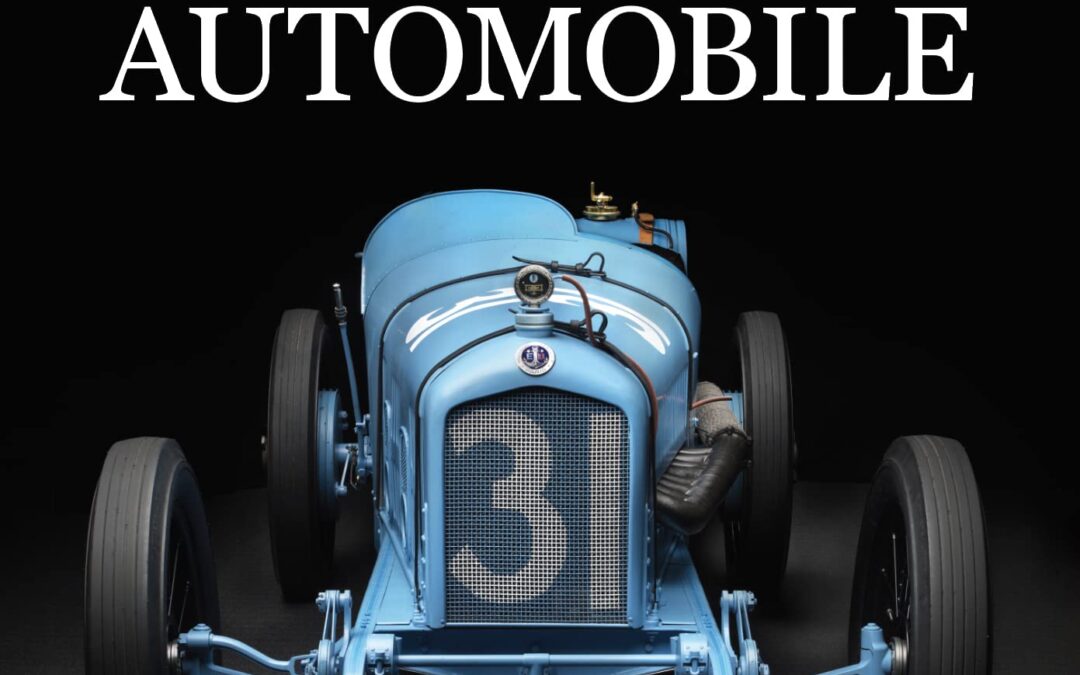
In the last one hundred years, cars have shaped our lives. Other everyday cultural artifacts, such as watches, telephones, musical instruments, and televisions, have certainly had influence, but the car is by far the most significant. Now, change is coming for the car, as it is for so many other industrial artifacts. Once, cars were distinct machines. Now, they are evolving into multifunctional digital devices. New fuels, new modes of travel, and new technologies are disrupting the traditional role of the much-loved family car.
What is to become of this material legacy? Should we really let go of it? Without memory, personal and shared, we lose our way, our individuality, and our culture. This proposition is at the heart of The Archaeological Automobile.
Miles C. Collier’s landmark approach uses an “archaeological mindset” to interpret the automobile as a cultural artifact in six themes:
The Development of the Automobile describes how the car emerged from a pressing human need for mobility, tracing our relationship with horses, our invention of the bicycle, and how we turned our backs on both as daily transport for the allure of the car.
The Rise of the Collectible Automobile asks how and why ratty relics decaying in recycling yards can become valuable and treasured collectibles. It reveals the effect of cultural influences on our perception of cars and on the dynamics of the collector car market.
The Archaeological Mindset picks up a wrench, gets into the workshop, and tracks the restoration of a 1919 Ballot Indy car using hands-on experience and background research while deploying the “archaeological imagination.” The archaeological clues are in the detail.
Collecting and the Archaeological Automobile deals with the characteristics of collecting. Why do we accumulate “stuff”? Is it greed? Is it passion? Is it a desire for legacy? And what makes a “good” collection? Is it bling? Is it style? Is it material worth? The answer lies in connoisseurship.
Restoring the Archaeological Automobile debates the merits of diverse restoration strategies and the reasoning behind them, including the tricky question of how to repaint the tilt-front nose of a 1964 Alfa Romeo GTZ racing car and still preserve the evidence of forty years of accumulated sandblasting and chipping.
The Archaeological Automobile of the Future is a call to action. Cars as we know them are customarily trashed, government regulations encourage indifference, and the skills and knowledge associated with fixing them are slowly vanishing as we lose older generations of experienced craftsmen. How can we preserve humanity’s treasure trove of automotive knowledge for generations to come?
Filled with engaging stories and practical examples, this is a handbook of the most thoughtful practices, not just for automobile owners and the historical car industry, but for collectors, professionals, and users of all kinds of industrial era artifacts.
The Archaeological Automobile combines scholarship, pertinent anecdotes, style, and experience to provide a stimulating account of why we should all be archaeologists now.
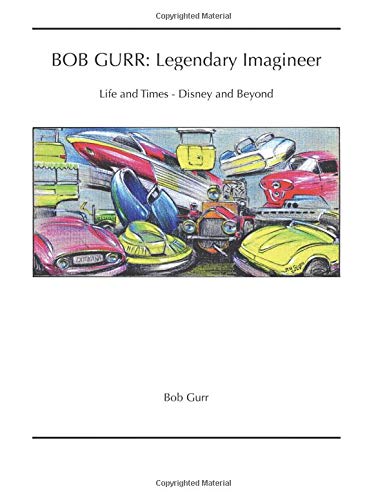
SIGNED
Life and Times – Disney and Beyond
Legendary Imagineer is a companion publication to DESIGN: Just for Fun,which is focused primarily on the major projects where Bob was the principal designer. It includes highlights of Bob’s childhood thru high school,which established the basic approach to his philosophy of design and to his passions for life experiences.BOB GURR: Legendary Imagineer probes deeper into his life and times.Starting with a detailed family genealogy, which was chronicled in his grandmother’s journal, compiled over a 53-year span of her life documenting the family history from 1635 thru 1953. While a few more of his projects are described, the primary tales that Bob weaves are about the passions and adventures in his life that the reader might find most interesting, quite beyond the general public knowledge of his connection with Walt Disney.These “tantalizing” tales explore his worlds of aviation, especially his fifty years of flying gliders. Automobiles and auto racing, historic auto collecting, and World travels are his passion. Photography, meteorology, and earth sciences have always been subjects of his curiosity. You’ll learn about his philosophies of living a happy and healthy life, such as mountain biking, starting at age 68when most folks just stay retired. Bob typically is active with perhaps fifty public appearances each year, enjoying the sharing of personal Walt Disney stories. BOB GURR: Legendary Imagineer is the story of a life well lived.

Come with me into a world I have neither invented nor exaggerated. To a world that, as I pressed the shutter button of my camera, looked exactly the same as the photos. To a world that wishes to remain secret so as to quietly disappear over time.
Even as I took my first photos of car wrecks in 2006, I told myself I was collecting material for a book. The journey, however, turned out to be much longer, trickier and more interesting than I first thought. Sometimes things worked out, sometimes they didn‘t, and many times I asked myself if there was any point in continuing and if I hadn‘t already exhausted the topic, but I never threw in the towel.
You may ask yourself, as do others, how I go about looking for cars. Where do I find them? How do I know where to look for them? I have been publishing photos of rusty car wrecks for years now. I therefore have many friends among vintage car enthusiasts, and whenever they come across a rusty vehicle, they send me the classic message: „Vladimir, we‘ve got something for you.“ Since the world is not as big as it used to be, and the Internet reaches almost anywhere, people from all over the world write to me. I am, of course, very pleased that I am not the only one that finds meaning in such a challenge. It is a kind of symbiosis – people give me tips, and I try to reach the location, talk to the owner and document whatever I can. If it weren‘t for these enthusiasts, I would most likely not even enjoy the process and this book would never have been created.











